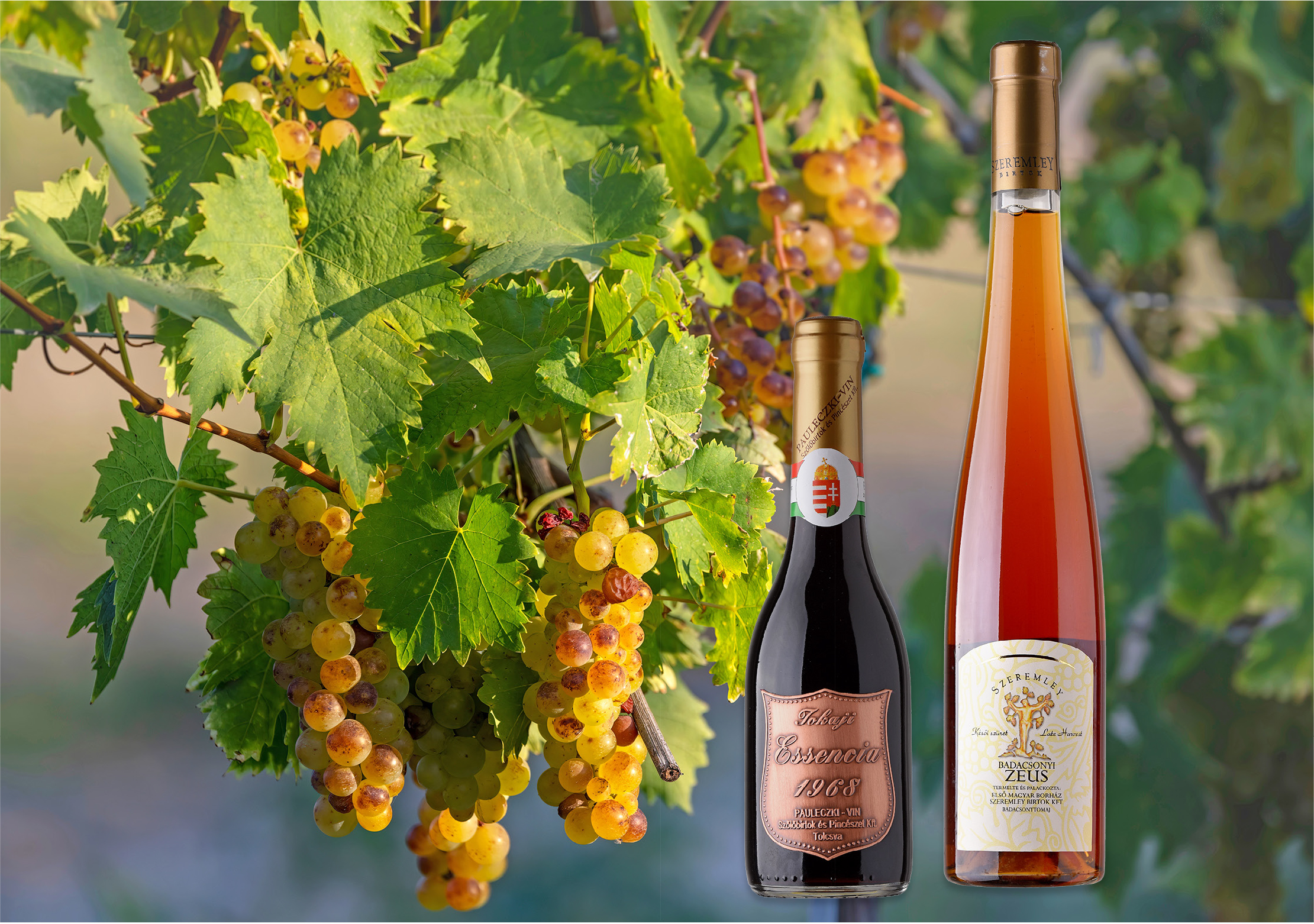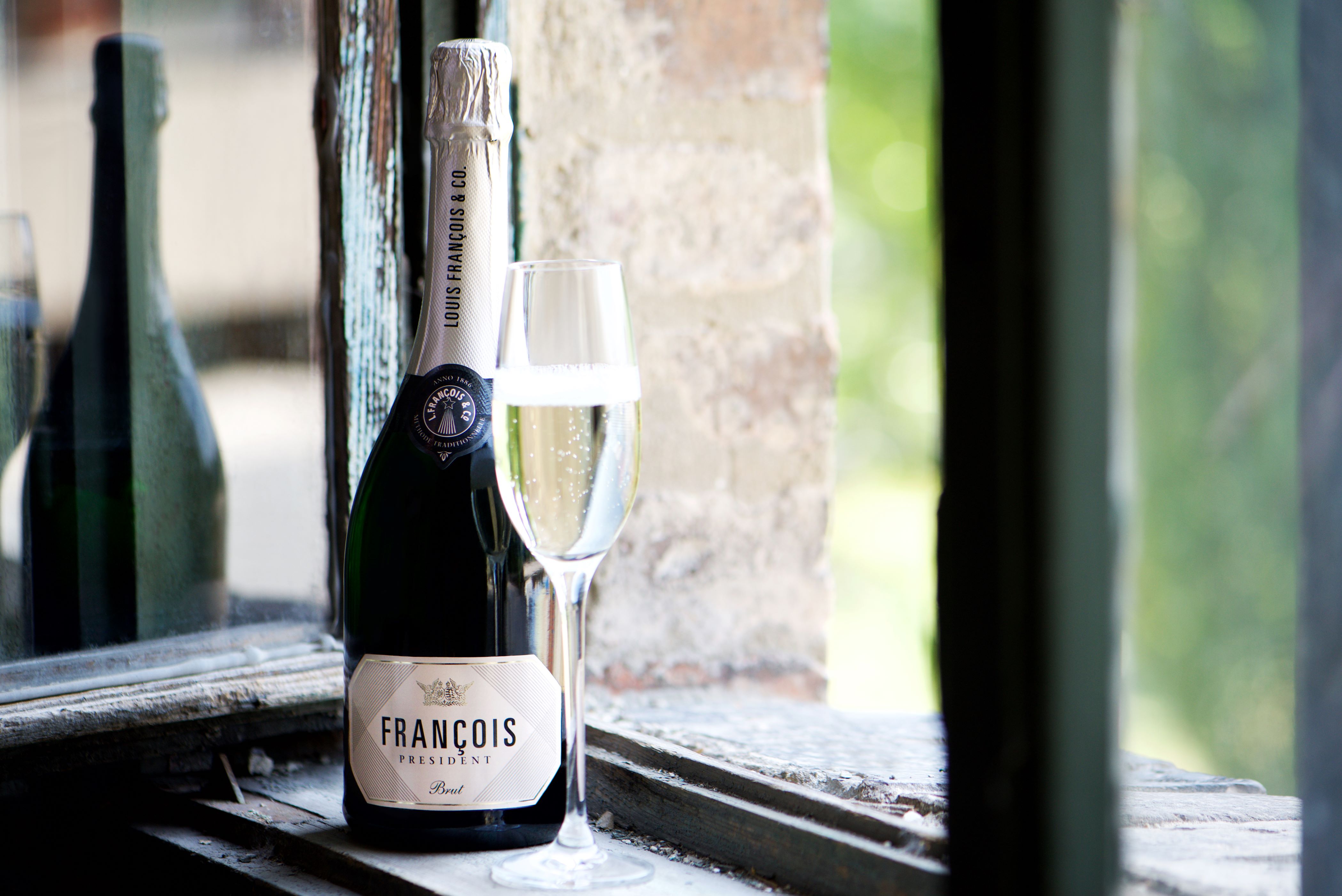Sweet Sensations Dominate the Top 100 Best Wines

Background photo by Richard Semik / Shutterstock.com.
The 2022 edition of Winelovers 100 legjobb Magyar Bor (100 Best Hungarian Wines) saw the top 20 almost totally dominated by sweet wine, particularly by Tokaj’s botrytized offerings.
This comes as no surprise as Tokaj Aszú is unquestionably among the world’s finest desert wines, if not sitting at the very top of the pile. In 2022, a solitary red wine broke the otherwise sweet monopoly on the top 20.
While the 2021 listing represented something of a sea change compared to previous editions with lots of reds and several dry whites among the crème de la crème (although numbers one and two were still Aszús), 2022 is a case of regular service resumed. Indeed, back in 2020, positions 1-15 were all taken up by Tokaj’s botrytized wines, which took in different styles of Tokaj’s sweet.
The competition pits Hungarian wines that have reached the podium in leading foreign wine competitions and a few domestic events against each other. This year’s overall winner is much sweeter than Tokaji Aszú or any other of the famous wine region’s concoctions.
The winner was the Tolcsva winery Pauleczki-Vin’s Eszencia 1968. There’s an argument that at around 3% of alcohol, it’s not really a wine at all and that with residual sugar in excess of 450 grams per liter, its blows other botrytized wines like Aszú out of the water. But that is the context of judging in a blind tasting as the Winelovers 100 is.
Nevertheless, the fact that this wine comes from the 1968 vintage shows how well this sumptuous stuff can age. Eszencia is made solely from the free-run juice of botrytized aszú grapes pressed under their own weight. The must is fermented and aged in glass carboys (a rigid container). The yeast cannot survive for long in this sugar-rich environment, leaving the finished “wine” with a very low alcohol level. However, it comes at a price: EUR 295 from tokaji.com, in this case.
Runners Up
The second-, third-, and fourth-placed offerings were all six puttonyos Tokaji aszú wines. Here, the aszú berries are macerated in a base wine, with residual sugar in excess of 150 grams per liter. That’s still sweet, but nowhere near the Eszencia.
These wines were from Holdvölgy (Mád), Breitenbach Pince (Bodrogkisfalud), and Pelle Pince (Mád), respectively. Breitenbach also impressed with a dry version of Kövérszőlő that placed 35th. This is one of the permitted varieties in Tokaj and can be translated literally as the “fat grape.”
It is believed to have originated from Transylvania, is known as Grasă in Romania, and provides the unctuous base for the Cotnari sweet wines of Moldavia. These wines were once immensely popular among northern Europe’s elite and rivaled Tokaji Aszú.
The highest placed dry white was not a Furmint from Tokaj but a Juhfark from Somló: Kancellár Birtok’s 2018. The next highest dry white was indeed a Furmint from Tokaj: Holdvölgy’s Intuition No. 3 Furmint T8/7575 2018.
A sweet wine from Badacsony and the Zeusz grape broke the Tokaj stronghold on the top places, with Szeremley’s 2005 Zeusz coming in fifth place. Huba Szeremley, who passed away at the age of 81 last year, was the modern region’s pioneer. His son László is now at the helm.
The grape variety is named after the Greek god of the sky, thunder, and weather and was created by Ferenc Király in 1951 when he crossed Bouvier and Ezerjó. It has two siblings: Zenit and Zengő.
Though the grapes varieties have the same parents and can have some characteristics in common, they are not, in most cases, identical, just like the offspring of two people. A fourth ‘Z’ is Zefír, a cross with Hárslevelű, also created in 1951 by Király.
Zeusz Successes
The Zeusz grape’s success was no flash in the pan this year, with Feind’s Choice 2018, from the Balatonfüred-Csopak region, coming in seventh. The other exception among the sweet wines was an ice wine (jégbor in Hungarian), which is very rare in Hungary, from the Varga Pincészet in Badacsony. It was placed in 16th and was also from the Zeusz variety.
The only dry wine to crack the top 10 was Eszterbauer Borászat’s Szekszárd Grand 2017. This blend of Kékfrankos, Merlot, Cabernet Sauvignon, and Cabernet Franc is incredibly complex, earthy and elegant, with silky tannins. The 25% of Kékfrankos (the minimum amount to be classified as a Szekszárd Grand) brings both a local touch and takes a little of the weight out of the Bordeaux varieties to leave a superbly smooth, sophisticated wine with fantastic drinkability.
This wine had earlier taken home gold medals from the international Grand Prix Vinex in the Czech Republic and VinAgora in Hungary, as well as in the Szekszárd wine region, and costs HUF 22,000 from eszterbauer-bor.hu.
The next red on the list was the 23rd placed Maul Zsolt Pincészet’s Prémium Winery Lator 2018, a densely structured Villányi Franc (as Cabernet Franc is known in Villány) that costs HUF 9,500 from www.maul.hu.
That was followed in 24th place by another Szekszárd red offering, Vesztergombi’s Alpha 2017, a nicely crafted blend of Merlot, Cabernet Sauvignon, Cabernet Franc, and Syrah, which spent 24 months in 300-liter barrels. It has tasty tobacco notes to accompany its deliciously vibrant red and black fruit and can be picked up for HUF 14,000 from borkereskedes.hu.
Incidentally, several red winemakers I talked to express the opinion that the Top 100 should be split into different categories, although the accompanying publication does include sub-listings of the best wines in separate categories. The wines were tasted blind over two days by a Hungarian and international jury comprising several Masters of Wine and myself.
What a change a couple of weeks can make in the world of wine. As the crowd reveled at the Winelovers 100 Grand Tasting, held at the Corinthia Hotel Budapest on September 17, the weather was turning. Zeus was doing his stuff, the heavens opened, and the rain kept falling until the end of September, causing concern for the grapes left out on the vines – especially in Tokaj, where the thin-skinned Furmint has been quite impacted.
This article was first published in the Budapest Business Journal print issue of October 7, 2022.
SUPPORT THE BUDAPEST BUSINESS JOURNAL
Producing journalism that is worthy of the name is a costly business. For 27 years, the publishers, editors and reporters of the Budapest Business Journal have striven to bring you business news that works, information that you can trust, that is factual, accurate and presented without fear or favor.
Newspaper organizations across the globe have struggled to find a business model that allows them to continue to excel, without compromising their ability to perform. Most recently, some have experimented with the idea of involving their most important stakeholders, their readers.
We would like to offer that same opportunity to our readers. We would like to invite you to help us deliver the quality business journalism you require. Hit our Support the BBJ button and you can choose the how much and how often you send us your contributions.











